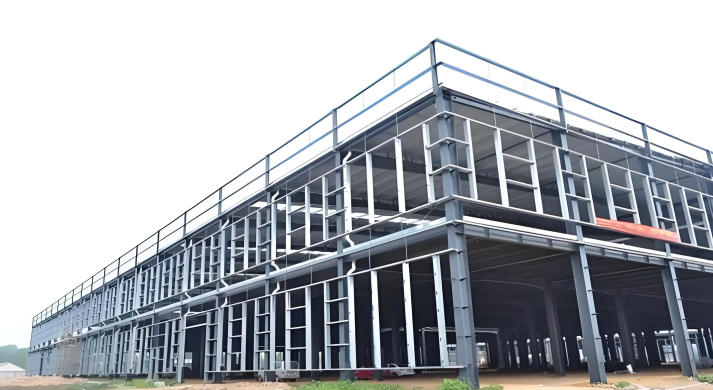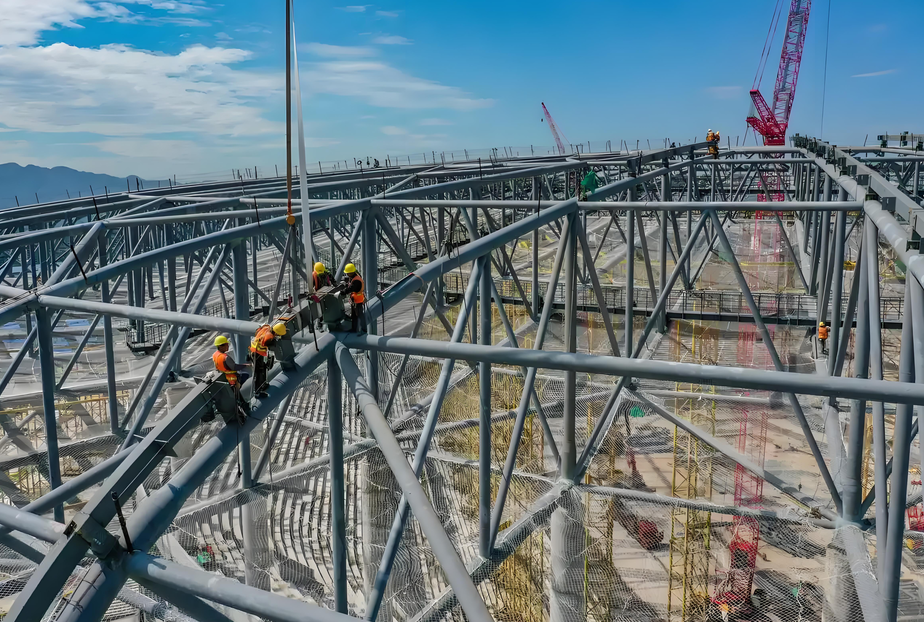Roof Pitch for Steel Structure Factory Buildings
To ensure effective drainage, many buildings today, including steel structure factory buildings, are designed with sloped roofs. So, what is the typical roof pitch for steel structure factory buildings? Let's find out below!
The roof pitch for factory buildings generally ranges from 6% to 13% to ensure effective drainage. There are mainly two types of roofs: pitched roofs and flat roofs. Pitched roofs serve functions such as drainage, sun protection, and insulation. Steel structure factory roofs are known for their high strength, lightweight, fire resistance, and excellent sealing properties, making them highly suitable as roofing materials for factory buildings.

When designing the roofs of steel structure factory buildings, attention should be paid to the following points:
1.Fire Resistance
The most important consideration is, of course, fire resistance. Life safety takes precedence, so materials with good fire resistance properties must be selected to ensure that the roof will not catch fire. Steel structure materials can be used as they are not prone to ignition.
2.Waterproofing
Attention should also be paid to waterproofing, especially during rainy seasons. In addition to selecting materials with good waterproofing quality, sealing gel should be used at the lap joints of the panels to ensure foolproof waterproofing.
3.Insulation
The temperature inside the factory is crucial, especially in winter. To ensure the operation of the factory, high-quality insulation materials should be installed on the walls. Commonly used insulation materials include insulation wool and glass fiber wool, and it is important to ensure that the insulation wool is of sufficient thickness.

4.Daylighting
The issue of daylighting also requires attention. Skylights can be appropriately installed to improve indoor lighting and save on electricity bills. Additionally, daylighting glass can be installed at suitable locations on the roof to enhance the lighting effect.
5.Snow and Rain Protection
This issue is often overlooked by many. In cold regions, snow barriers should be installed on the factory roof to prevent sudden snowslides. In southern regions during summer, continuous heavy rainfall exerts significant impact on the roof, so preparations for rain protection must also be made.



